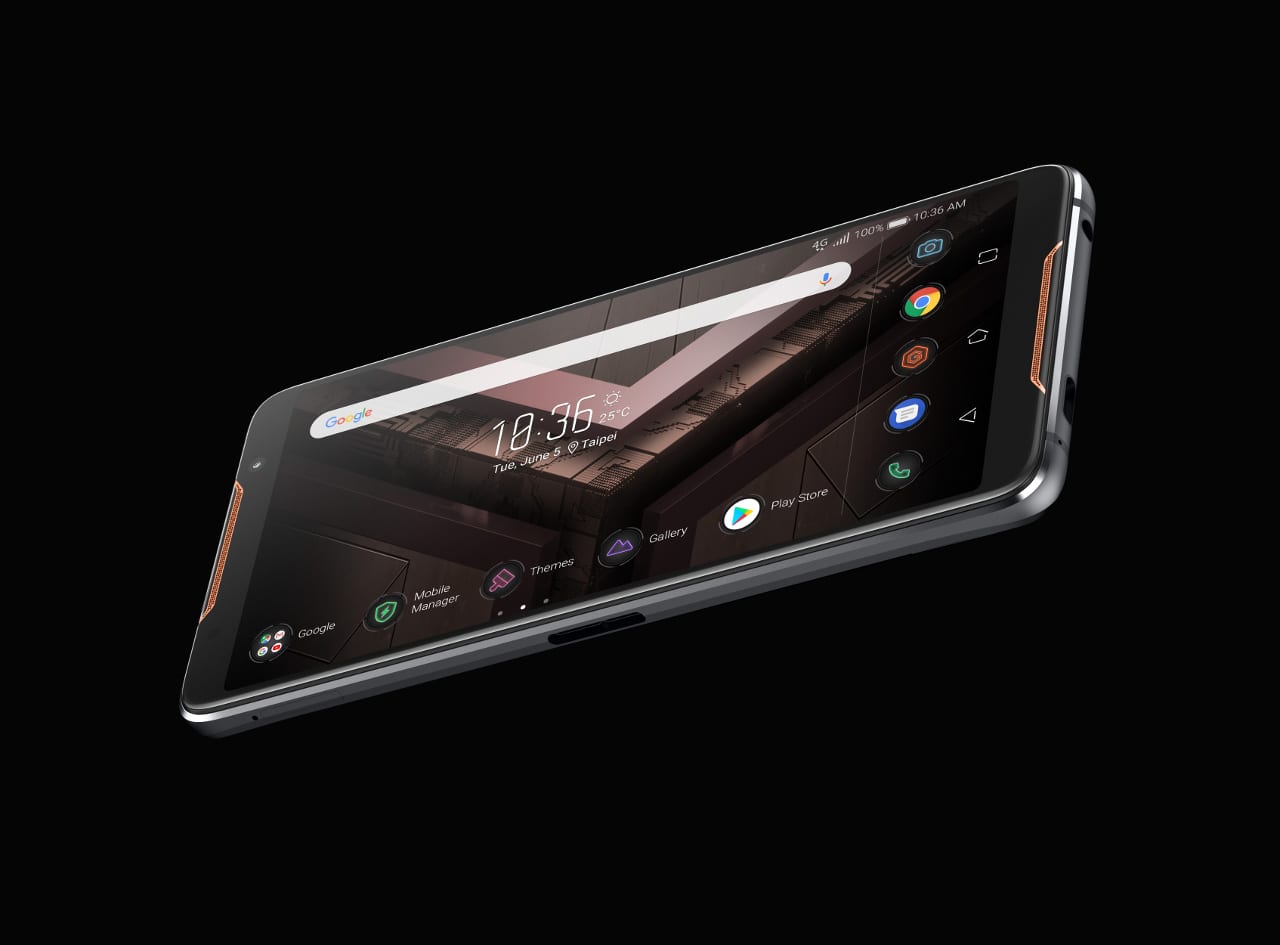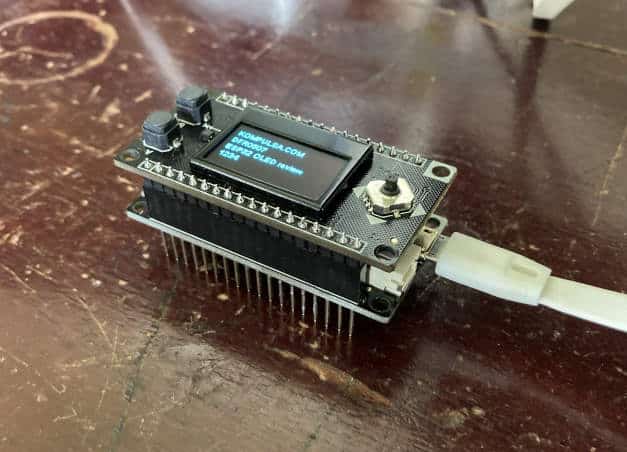Thermal imaging technology enables you to see heat, cold and warm air leaks, insulation flaws, creatures, through some things, and even temperature differences. A recent FLIR One case for iPhones is one thermal imaging technology that can do this. The device shows you the heat radiated by objects, not the objects themselves.

However, this is enough for you to spot the objects and follow them.
The device weighs 3.9 ounces (a small price to pay for this awesome capability) and has a runtime of 2 hours using its internal battery.
Other practical uses for this include the detection of overheating electronics, malfunctioned electronics, and engine issues. Thermal imaging systems display hotter objects with more red, and cooler objects with more blue. Organisms are generally pink-red, and objects which don’t generate heat are blue.
The reason this is so helpful to electronic repairs is that electronics often contain hundreds of parts, and that is too many for a technician to individually remove, test, and reinstall. Thermal imaging enables you to simply look at them and determine which parts are cool (if they are supposed to be warm, then they probably died, or their power source died), and which ones are too hot (some electronics become extremely hot because they died).
Apart from that, according to Mashable:
‘FLIR Systems even envisions users sharing thermal images on social media using one of the company’s three apps. FLIR One TimeLapse (show heat changes over time), FLIR One Paint and FLIR One Panorama. We can’t wait to see the first set of Thermal selfies.’
Wow! Have you ever seen a thermal selfie? That doesn’t sound like something I would like, but, to each his own.
All fun stories must come to an end, and unfortunately, this device costs a whopping $350. Maybe you should just buy a $30 thermal leak detector, or a Bushnell Night Watch Infared Monocular for as little as $162.
Read more technology-related news in the technology category, and technology reference articles in the technology library.






